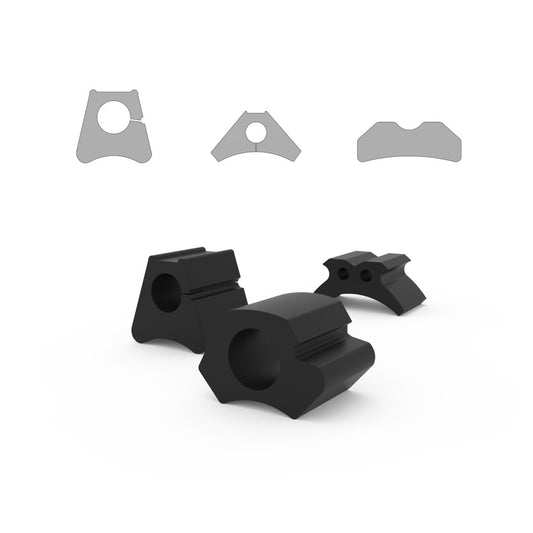Customized and specialized Piggy back blocks options
Piggy back blocks
FAQ
What are piggyback blocks?
Piggyback blocks are rubber or polymer components used in pipelay operations to attach a secondary line, such as a cable, umbilical, or small pipeline, alongside a primary pipeline.
Why are piggyback blocks used?
They ensure that the secondary line is securely fixed to the main pipeline, preventing movement, abrasion, or entanglement during installation and operation.
How do piggyback blocks work?
The blocks act as clamps, guides, or spacers. They hold the smaller line in position while maintaining a consistent distance from the main pipeline, allowing controlled movement where required.
In which applications are piggyback blocks commonly found?
They are widely used in offshore oil and gas projects, subsea installations, and other marine pipeline systems where multiple lines need to be deployed together.
From which materials are piggyback blocks made?
Typically, they are manufactured from durable elastomers or polymers with high resistance to seawater, pressure, and mechanical stress, ensuring long-term performance in subsea environments.








